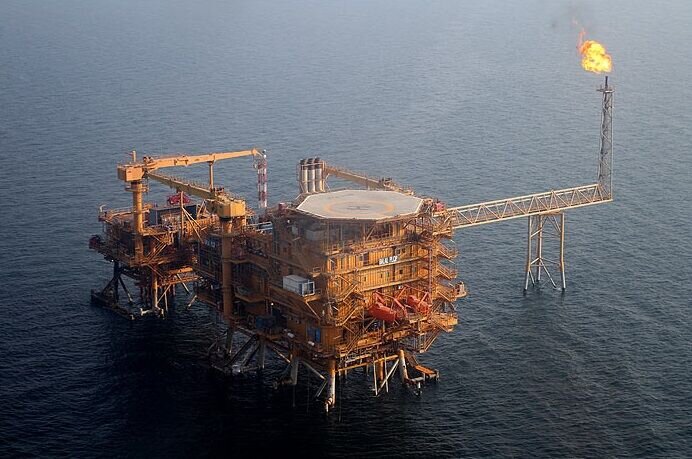NIOC pushing EOR projects in preparation for oil market return

TEHRAN – As Vienna nuclear talks between Iran and world powers show signs of progress, the National Iranian Oil Company (NIOC) is also getting prepared for boosting the country’s oil output to pre-sanction levels or even higher.
Iran and other signatories of the 2015 nuclear deal, officially known as the Joint Comprehensive Plan of Action (JCPOA), are currently negotiating the revival of the mentioned pact from which Donald Trump had withdrawn the U.S. in 2018.
The withdrawal of the U.S. from the nuclear deal was the beginning of a new round of sanctions on the Islamic Republic’s oil industry that pushed the country to reduce its oil production levels as its major oil customers pressured by the U.S. refused to continue buying Iranian oil.
According to unofficial data, Iran is currently pumping nearly 2.5 million barrels per day (bpd) of crude oil, while the country’s output was about 3.83 million bpd in mid-2018.
Now, the country is once again getting ready to boost its oil output to the pre-sanction levels to claim its market share seized by other competitors in the region. In this regard numerous production enhancement projects underway across the country have been ordered to accelerate the operations in order to finish the projects earlier than scheduled.
Having confidence on the above-mentioned projects and planning, senior Iranian oil officials, including Minister Bijan Namdar Zanganeh, have repeatedly stressed that NIOC is fully prepared to return to the oil market.
"We can easily reach [an output of] 6.5 million barrels per day," Zanganeh said at a ceremony to award studies on the country's giant Azadegan oil field on May 31.
Earlier this month, NIOC’s Deputy Director for Production Affairs Farrokh Alikhani also said: “Precise weekly, monthly and quarterly planning has been made to restore oil production to pre-sanctions level, and if sanctions are lifted, most of the country's oil production will be restored within a month,”
After the re-imposition of sanctions against the country, NIOC prepared a plan for production control, in parallel, programs for production restoration were also put on the agenda, and plans were made to revive production at one week, one month, and quarterly intervals, Alikhani explained.
As mentioned by the official, NIOC’s plans for restoring production have been set way before the recent developments, and the country has been preparing for a strong return to the oil market as earlier as 2019.
In January 2019, NIOC started a $6.2 billion national program based on which recovery enhancement deals were to be signed with local firms to boost oil production by 355,000 bpd at 33 fields.
The first group of such projects worth $800 million were signed that month to increase the country’s oil production by 75,000 bpd.
A second group including 13 fields was awarded in August 2020 to Iranian companies with a total investment of $1.7 billion, to raise oil output further by 185,000 bpd.
These contracts were inked by two NIOC subsidiaries namely the Iranian Offshore Oil Company (IOOC) and the National Iranian South Oil Company (NISOC), as employers, and 13 domestic companies for the maintenance of the production level and increasing recovery factor of several oil fields.
The third group of deals worth €1.2 billion were also signed between IOOC and NISOC, as employers, and eight Iranian companies for the maintenance of the production level and increasing recovery factor of several other oil fields.
In one of these projects IOOC has implemented a pilot enhanced oil recovery (EOR) project in which a nanofluid has been injected into an oilfield in southern Iran for the first time to boost its recovery factor.
The high-tech project was unveiled in a ceremony attended by officials from IOOC, NIOC, and Iran's Research Institute of Petroleum Industry (RIPI) in late May.
In this pilot project, 18,000 barrels of nanofluid were injected into one of the wells of Belal oil field in Hormozgan Province.
As the NIOC’s research body, RIPI has been tasked to fully support the local firms that are currently working on the country’s oil fields in order to provide them with the latest knowledge and technologies in the field.
On Monday, the head of RIPI’s Petroleum Engineering Research Department said the institute has been working on the world’s latest EOR techniques to come up with the best possible methods for boosting the output of the country’s oil fields at the shortest possible time.
According to Abbas Shahrabadi, oilfield development and recovery enhancement projects are carried out according to a clear and comprehensive roadmap, and RIPI, like other reputable companies in the world, uses such a roadmap to carry out recovery enhancement projects.
EF/MA
